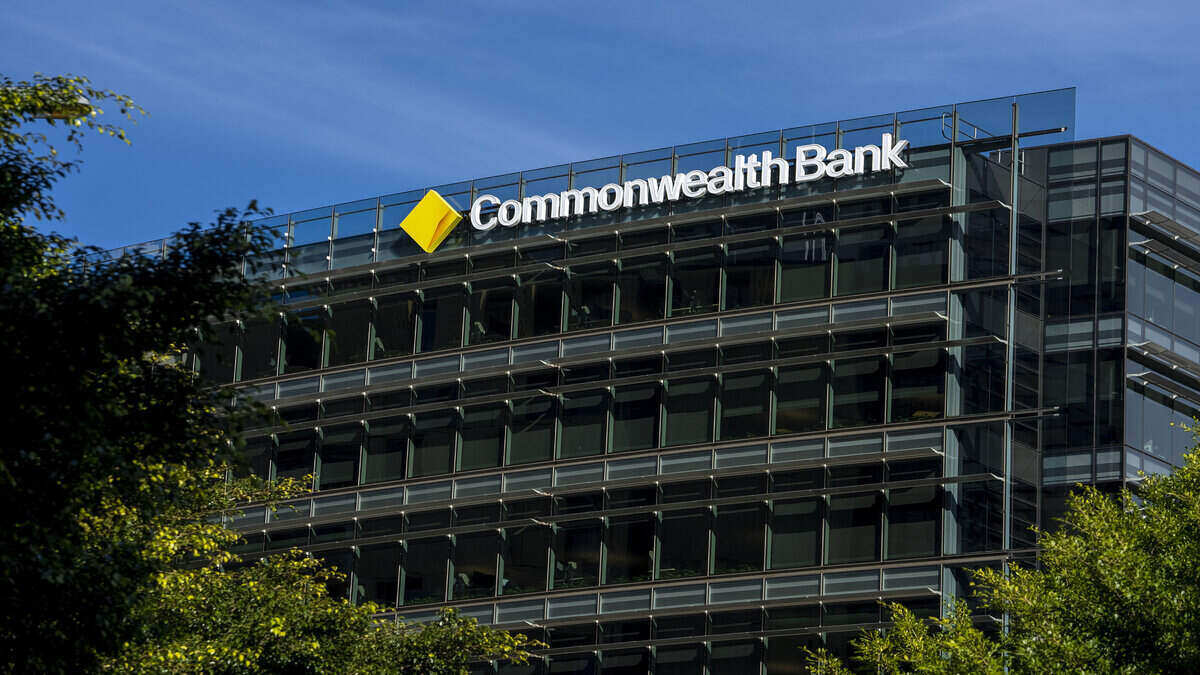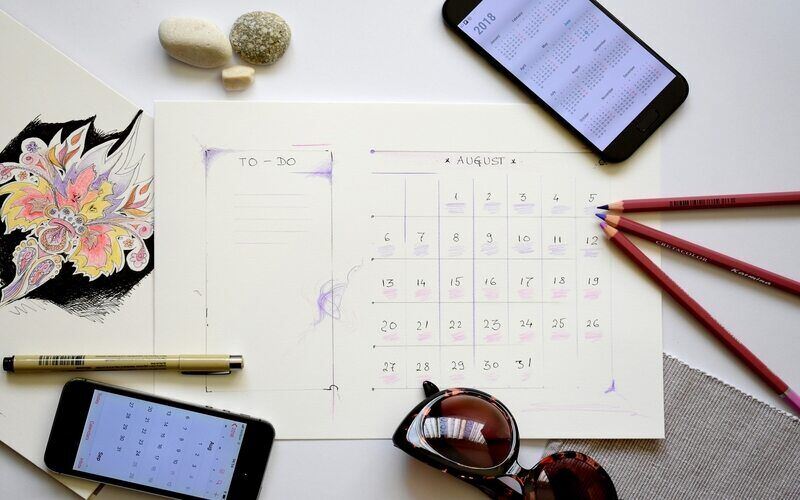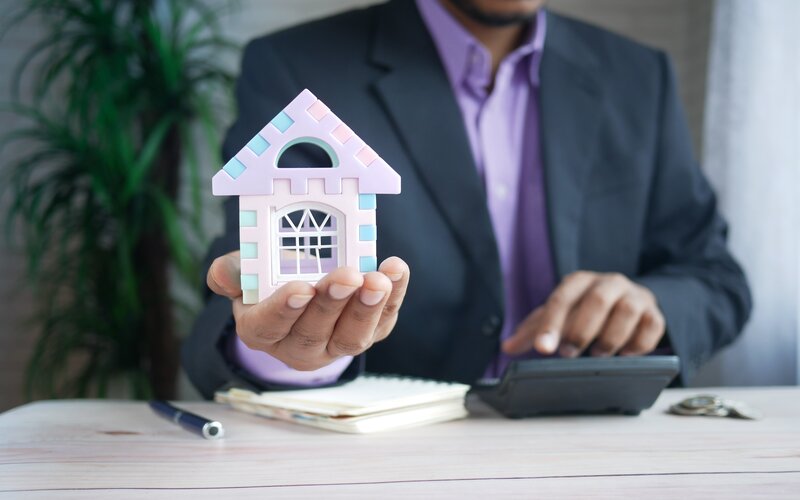Congratulations, first and foremost. According to the most recent ABS data from 2021, less than a third (31%) of properties in Australia are owned outright, compared to 41% in 1991. It’s no small achievement to have no outstanding debts on your home.
Having 100% equity shouldn’t just be a point of pride though. Your owned-outright house can be a great source of future credit.
Buying a home or looking to refinance? The table below features home loans with some of the lowest interest rates on the market for owner occupiers.
| Lender | Home Loan | Interest Rate | Comparison Rate* | Monthly Repayment | Repayment type | Rate Type | Offset | Redraw | Ongoing Fees | Upfront Fees | Max LVR | Lump Sum Repayment | Extra Repayments | Split Loan Option | Tags | Features | Link | Compare | Promoted Product | Disclosure |
|---|---|---|---|---|---|---|---|---|---|---|---|---|---|---|---|---|---|---|---|---|
5.54% p.a. | 5.58% p.a. | $2,852 | Principal & Interest | Variable | $0 | $530 | 90% |
| Promoted | Disclosure | ||||||||||
5.49% p.a. | 5.40% p.a. | $2,836 | Principal & Interest | Variable | $0 | $0 | 80% |
| Promoted | Disclosure | ||||||||||
5.64% p.a. | 5.89% p.a. | $2,883 | Principal & Interest | Variable | $250 | $250 | 60% |
| Promoted | Disclosure | ||||||||||
5.64% p.a. | 5.89% p.a. | $2,883 | Principal & Interest | Variable | $248 | $350 | 60% |
| Disclosure |
How does it work?
When you get a home loan, it is essentially a giant personal loan, secured against the property. You own the property from the outset, but your lender can repossess it at any stage in the loan term should you stop making your mortgage repayments.
As you pay off more and more of the loan, you build equity, which is the portion of your property value that you own. Equity can be easily calculated by subtracting the outstanding loan amount from the current value of your property. The handy thing about equity is you can use it as security with banks for future loans. This is what you are doing when you top up a home loan with extra funds: borrowing more against the equity you have built up. Generally, banks will allow you to access up to 80% of your equity.
Once you have paid off the loan, you own the property outright and have 100% equity. However, it’s still possible to take out another loan secured against the property, financing it again - a.k.a. refinancing. This loan could be either a home equity loan or a line of credit.
The application process for these loans works largely the same as it would have when you applied for the initial home loan. Your lender will make an assessment based on your income, living expenses and other debts you may have. They typically will allow you to borrow up to 80% of the property value when you remortgage.
Is this a reverse mortgage?
A reverse mortgage is another way to get a loan using equity in your property as security. They are different to a refinance arrangement as the loan does not need to be repaid at all until the property is sold. However, interest on reverse mortgages compounds over time, so there could end up being a sizeable chunk of the sale price that needs to go towards repaying this loan.
Reverse mortgages normally allow you to borrow more as you age. A general rule of thumb is that a 60 year old will be able to borrow between 15 and 20% of the value of the equity they hold in their property. Then for every year they are older, they can borrow an extra percentage point. Reverse mortgages are therefore more relevant for older Australians.
Bigger loans, at lower rates
Those with 100% equity in assets the size of property can often access far larger loans, at lower rates. There are a couple of reasons why:
Low LVR
The Loan to Value Ratio (LVR) measures how big the loan is relative to the value of the property. Lenders see more risk to higher LVR loans, so generally apply higher rates. The usual threshold for a high LVR loan is 80%, the point at which Lenders Mortgage Insurance (LMI) applies.
When you have 100% equity in your property though, your LVR for any loans you take out against it will probably be quite low. Lets say you own your home outright, and it’s worth $800,000. You decide you need large scale renovations that will cost $200,000, which you obtain through refinancing your home. Your LVR would only be 25% (200,000/800,000). This is likely to be far lower than your initial home loan, and the bank might be more relaxed about giving it to you.
Secured loan
In lenders' eyes, a loan that is secured is considered far safer, since they can simply recoup the collateral in case of default. Most lenders will allow secured loans to be larger, as well as lower rates.
Using an unsecured personal loan means that you won’t lose anything in collateral should you default on your loan, but your rates will be probably be far higher.
As of March 2023, CBA offers a standard variable owner occupied home loan for an LVR below 60% at 7.80% p.a. Meanwhile, its representative rate for its range of variable rate unsecured personal loans is 13.50 % p.a.
Lets compare your repayments using both these options to obtain a $50,000 loan for your dream holiday, paying the money back over five years.
|
Refinancing your home loan |
Unsecured personal loan |
|
|---|---|---|
|
Monthly repayments |
$1,010 |
$1,151 |
|
Total interest paid |
$10,543 |
$19,030 |
Unsecured personal loans also usually only allow you to borrow up to $100,000, so refinancing gives you greater flexibility with the amount as well.
What would you use the money for?
The world is really your oyster. While the lender will probably ask about what you intend to use the funds for, they are not tied to anything. You could split the funds across several purchases if you like.
The following are common examples of what the money from refinancing an owned-outright property could go towards:
Renovations
After paying off your mortgage, you may be considering a range of options to increase the value of the property. You might decide your home won’t be complete without a swimming pool, or an extension that allows you to put in another bedroom and bathroom. Refinancing can be a great way to access the funds you need for these renovations.
Treating yourself
If you’ve paid off your mortgage, you’re probably in a relatively secure financial position. After living frugally for years to keep up with your repayments, you might decide now is the time to splash out on more extravagant spending. You might want to upgrade your car, take an expensive overseas trip or add a huge home cinema to your home.
Pay off other debts
We’ve written elsewhere on this site about the benefits of rolling all your debts into one through a debt consolidation loan. If you have accumulated credit card debt and personal loans, you could refinance to pay them all off, then simply make your repayments through your refinanced home loan. As we mentioned, home loans tend to have much lower rates, so doing this can save you plenty on interest.
The deposit for another home loan
Now you’ve got one property under your belt, why stop there? You can refinance and use some of your equity as a deposit for a new investment property or holiday home. When applying for a new loan, the fact that you have already paid off an entire mortgage to completion will be looked upon favourably, so you may be able to access lower rates.
Savings.com.au’s two cents
For better or worse, our society is becoming increasingly leveraged. According to the Circular Economy Indicators Coalition (CEIC), Australian household debt was $US1,835.5 billion in September 2022, compared to $US11.4 billion in June 1988. If you’re going to take on debt, using equity in your property may be a good way to keep your rates down.
As with any secured loan though, you run the risk that if you default on your repayments, your lender can repossess the property in lieu of payment. It would be a shame to have spent many years working to pay off your mortgage only to lose the house over a loan for three months in the Caribbean.
Before taking the plunge and dipping in to your equity, you’ll want to consider how likely a worst case scenario that would leave you unable to pay the loan is.
If you have a strong income with multiple revenue streams, the chances are likely very slim, but if there’s a likely scenario where your income becomes less stable, or expenses dramatically increase, it might be worth reconsidering whether the loan is worth risking losing your house.
Picture by Joel Henry on Unsplash

Ready, Set, Buy!
Learn everything you need to know about buying property – from choosing the right property and home loan, to the purchasing process, tips to save money and more!
With bonus Q&A sheet and Crossword!







 Denise Raward
Denise Raward
 Harry O'Sullivan
Harry O'Sullivan

 Alex Brewster
Alex Brewster


